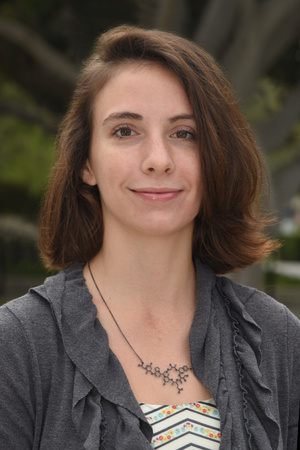Abstract:
Many California regulations try to decelerate climate change by mitigating emissions from various industries. Greenhouse gases (GHGs) such as methane, carbon dioxide, and nitrous oxide must be fully understood to meet these strict reduction goals. Landfills release GHGs during decomposition and active dumping, while dairy farms release GHGs enterically (i.e., from cows) and from manure management. This study aims to better understand these GHGs at active and closed Orange County landfills as well as at a Visalia dairy farm in California. All samples were collected using whole air sampling techniques and analyzed using gas chromatography to identify and quantify many trace gases. Select oxygenates (i.e., methanol, ethanol, and acetaldehyde), dimethyl sulfide, and carbonyl sulfide were also a focus at these locations. Unexpected and novel sources of these gases were revealed, which have possible implications for pollution and the global sulfur budget.
Samples were collected at the landfills seasonally during four campaigns: Spring 2018, Summer 2018, Fall 2018, and Winter 2019 and at the dairy farm during five campaigns: September 2018, March 2019, June 2019, September 2019, and January 2020. Samples from both industries were compared to airborne and remote air samples to determine their enhancements relative to background concentrations. This research establishes previously unexplored or misrepresented sources of various gases, which is important for the success of the state’s reduction efforts, the environment, and the health of surrounding communities.
California’s San Joaquin Valley, an extremely productive agricultural area, also contains many disadvantaged communities. Residents typically experience low socioeconomic status and a disproportionate amount of air pollution, which can lead to health problems. In addition to GHGs, this study also explores how direct emissions from dairy farms may affect these communities living downwind throughout the San Joaquin Valley. Orange County is more affluent but is often a nonattainment area for several pollutants including ozone and particulate matter, which affect the people living there. This study explores the contribution of trace gases from dairy farms and landfills in California to the formation of pollution and odor in these surrounding communities. Solutions for decreasing trace gas emissions from these sources are also proposed.
Speaker:
Institution:
Location:

